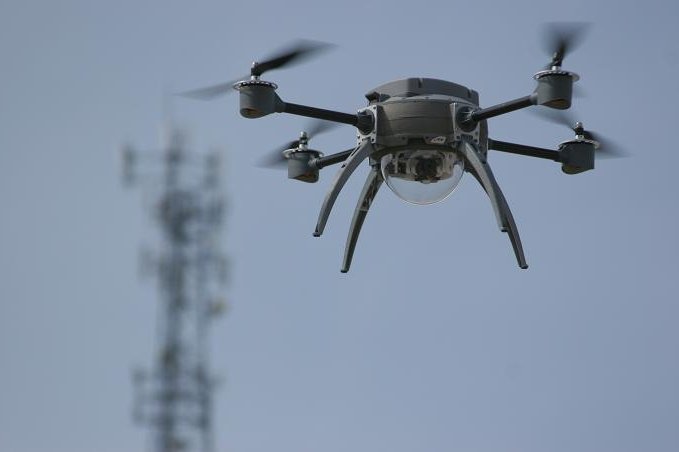The FAA is worried about personal privacy because many commercial drones have cameras on them which can transmit video and pictures in real-time. (CC/Dkroetsch)
(UPI) -- Facing the possibility of more drones entering U.S. airspace, the Federal Aviation Agency released a road map detailing how it plans to police the skies.
In a report titled Integration of Civil Unmanned Aircraft Systems in the National Airspace System, the FAA is adopting a "first, do no harm" approach.
The approach will be implemented "without reducing existing capacity, decreasing safety, negatively impacting current operators, or increasing the risk to airspace users or persons and property on the ground."
As a part of its reauthorization the FAA was mandated to submit the report to Congress, detailing the agency's plan to allow more drones from 2015.
While military machines like cruise missiles and guided bombs don't make the cut, model aircrafts and other toy-like flying machines used by hobbyists are regulated by the FAA, restricted to fly within eyesight of the pilot.
Between these two categories are small unmanned aircrafts, weighing less than 55 pounds. Currently highly restricted, such aircrafts will need new rules so they can be flown remotely from a distance.
The FAA has had to overcome two major hurdles -- crashes and privacy.
While the FAA may not be worried about pilot safety, there are concerns about a drone crashing and injuring others. After the military tested a sense-and-avoid system, which senses other drones in the area in case communication with the pilot is lost, the agency decided to implement this system on future drones.
The FAA said that drones introduced into American airspace must enter without "increasing the risk to airspace users or persons and property on the ground."
Many recreational drones have cameras on board, and could cause privacy issues. In the absence of a federal law, many states already have their own laws to govern the use of cameras on drones.
Texas, after a hobbyist's drone photographed illegal dumping by a slaughterhouse, drafted a law making drone photography by private citizens illegal without explicit consent from those being photographed.
The day is not far when drones will buzz across the skies, which could still pose a challenge, as most people still associate drones with a targeted killing program.















